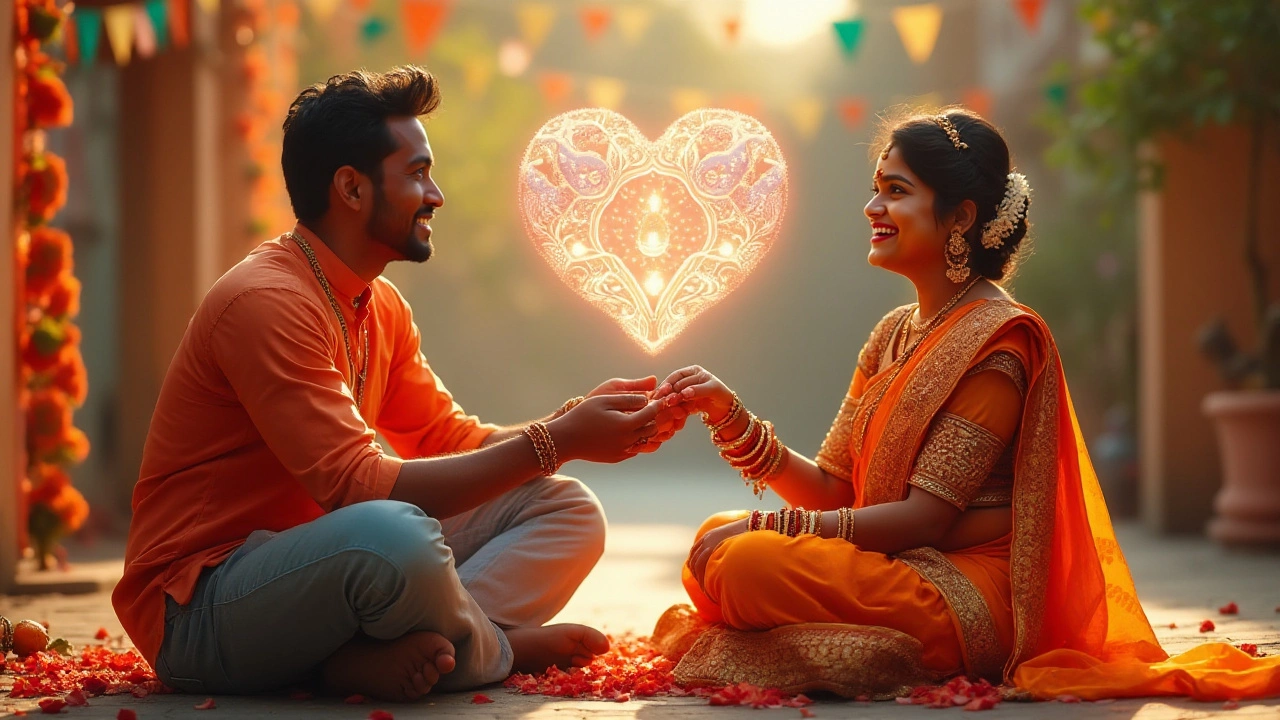Heart Emoji Meaning – The Real Talk Behind the Symbol
Ever gotten a ❤️ and wondered if it’s just a cute sign or something deeper? You’re not alone. People toss the heart emoji into chats all the time, but the intention can change a lot depending on who you’re texting, what you’re talking about, and even the platform you’re using.
At its core, the heart emoji signals affection, but it’s not limited to romance. Friends use it to say “I’m thinking of you,” family members drop it after a sweet memory, and brands add it to show they care about customers. The key is to match the emoji to the tone of the conversation. If you send a heart after a serious discussion, it might feel supportive; after a joke, it could just be playful.
Different Shades of Red – Variations and Their Vibes
Most phones show a bright red heart, but there are other colors: pink, orange, black, even a broken heart. Each version adds a nuance. A pink heart often feels softer, like a friendly hug, while a black heart can hint at sarcasm or a dark joke. The broken heart is obvious – it signals sadness or a breakup. Knowing these subtle cues helps you avoid mixed messages.
Beyond color, the way you place the emoji matters. A heart at the end of a sentence adds a warm sign‑off. In the middle, it can emphasize a word, e.g., “I ❤️ that idea!” This tells the reader you’re genuinely excited about the subject.
When Not to Use the Heart Emoji
Even though the heart is friendly, it’s not a universal go‑to. In professional emails or formal reports, a heart can look unprofessional. Also, if the person you’re texting prefers a more reserved style, a sudden heart might feel intrusive. When in doubt, look at their past messages – if they rarely use emojis, keep yours limited.
Another tricky spot is conflict. Sending a heart during an argument can be misread as passive‑aggressive. It’s better to wait until the tone calms down before adding any symbols of affection.
So, how do you use the heart emoji wisely? Start by thinking about the relationship you have with the recipient, the context of the chat, and the platform’s usual style. If you’re texting a close friend about a funny meme, a bright red heart is spot‑on. If you’re replying to a colleague’s project update, stick to a thumbs‑up or simple text.Remember, the heart emoji is a shortcut for feelings that might otherwise need words. Use it to add warmth, but don’t let it replace honest conversation. A well‑placed heart can make a message feel personal, while overusing it can dilute its impact.
Next time you pull up the emoji keyboard, pause for a second and ask yourself: "What am I really trying to say?" If the answer is affection, support, or a friendly vibe, the heart emoji is likely a good fit. If you’re unsure, go with a plain word – it’s always safer than sending the wrong signal.
Bottom line: the heart emoji means love, care, and connection, but its exact flavor depends on color, placement, and audience. Use it thoughtfully, and your messages will feel more genuine without the extra guesswork.
